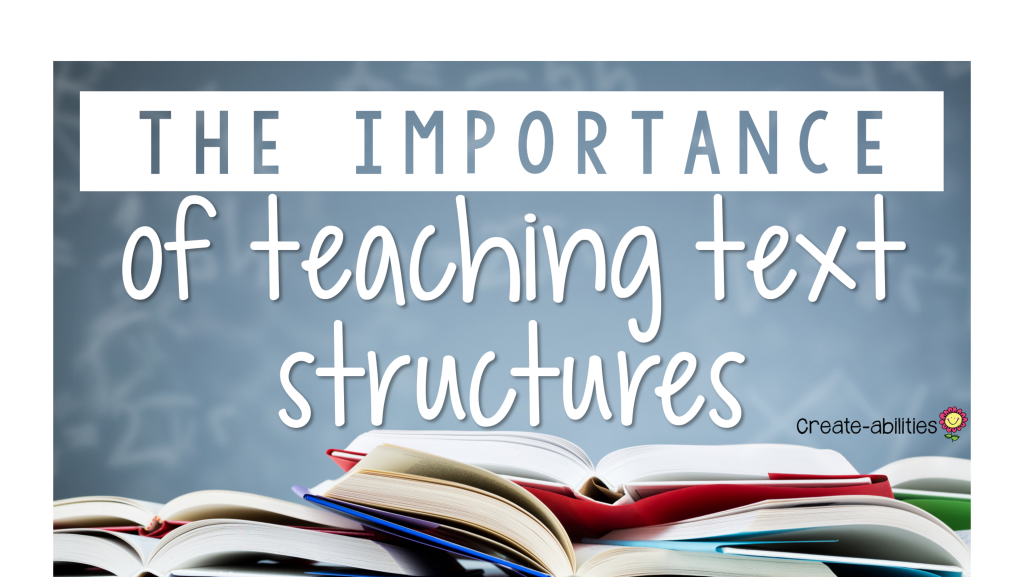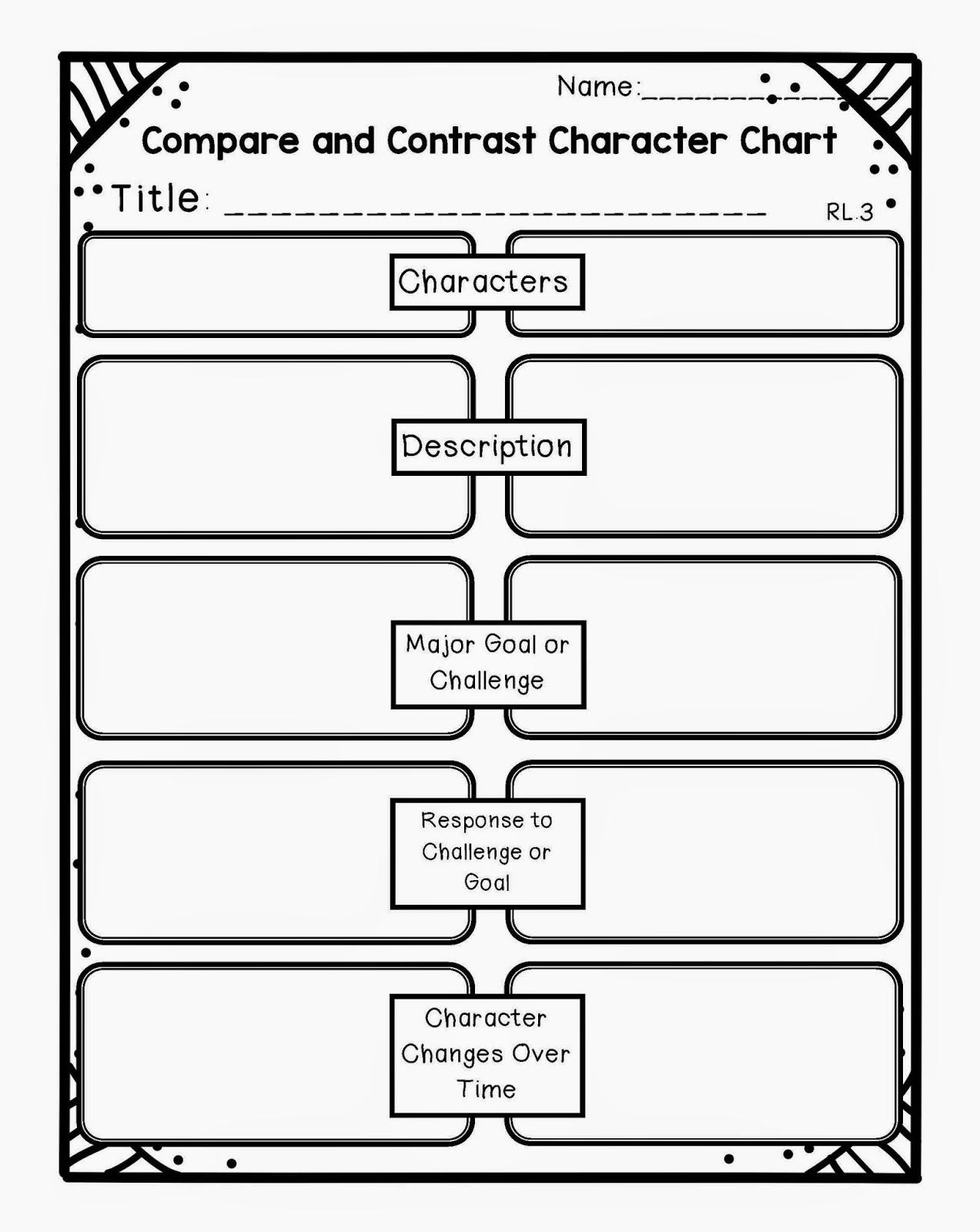
The Importance of Text Structures
Have you ever walked out of a training thinking “Um, duh! Why can’t I ever be as smart as I want to be?!?”. That was me a few weeks ago. I was able to attend a training through my State Office of Education with Ray Reutzel. He is a guru on all things education and has spent many years doing in-depth research on a myriad of topics. I was lucky enough to be able to hear from him on text structures.
(He has a whole website full of good information that can be found here: Early Childhood Education.)
Text structure was always something that I briefly covered as a secondary point to whatever lesson I was teaching at the moment. I figured it was pretty self-evident and the students would pick it up as we went along. NOT THE CASE! I also confused text structures and text features in my head sometimes! Most of you are probably smarter than me and didn’t make the same mistake. Students need to be able to decode the text structure to improve and build upon their comprehension.
The Journal of Education Research is publishing an article in 2015 called Developing the Information Text Structure Survey that found that TEACHERS could only correctly sort reading passages with different text structure 33% of the time. That’s a problem! How can we teach our students to recognize and comprehend text structure if we can only figure it out 33% of the time? That statistic made me uncomfortable and it also made me want to prove him wrong!
The IES What Works Clearinghouse K-3 recommends that we teach students to identify and use the text’s organizational structure to comprehend, learn, and remember content. Text structures mostly follow a predictable pattern (with the possible exception of descriptive text). If students can begin to see how the text will go, they can make predictions about what to expect and increase their comprehension.
So this sounds all nice and pretty but what does it mean? Well, first, what are text structures? There are five main categories:
* cause and effect
* compare and contrast
* sequence
* problem/solution
* description
Text structures refer to NON-FICTION or INFORMATIONAL text only. Narrative text is different. Text structures need to be taught explicitly with good exemplar texts so that students can clearly see what is happening in the text. I created a Language Arts Graphic Organizer set that has over 70 graphic organizers to choose from to meet the Common Core standards as well as all the different text structures. (I will go more in-depth on that pack later!)
This video explains text structure nicely. It breaks out sequence into another category (chronological) so it talks about 6 text structures. It’s only 4 minutes long.
In an effort not to make this post 5,000 words long, I will be breaking down my thoughts into several blog posts. Over the next few posts, I will be talking about the different types of text structures (including giving a list of good exemplar books for explicitly teaching each text structure) and showing you a rubric that can help you find good exemplars of text structure yourself. (Dr. Reutzel found that teachers who used this rubric increased their accuracy of identifying text structure from 33% to 97%.)
Hopefully this series will be as helpful to you as it was to me!
PEACE, LOVE, AND STICKY NOTES

Blog Categories
Meet the author



